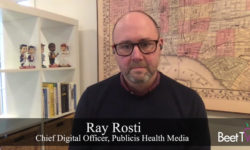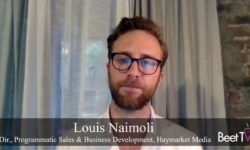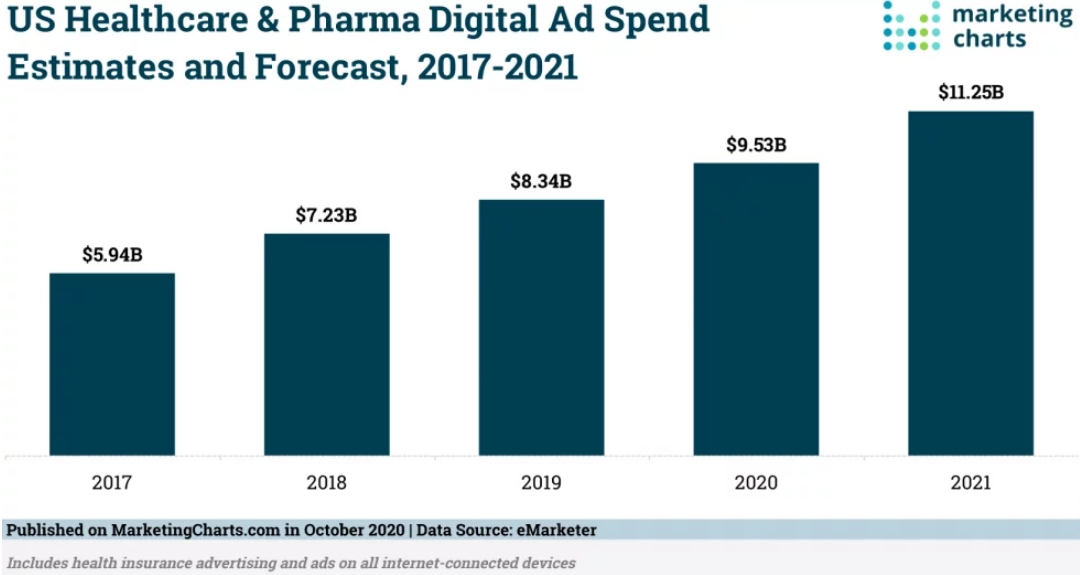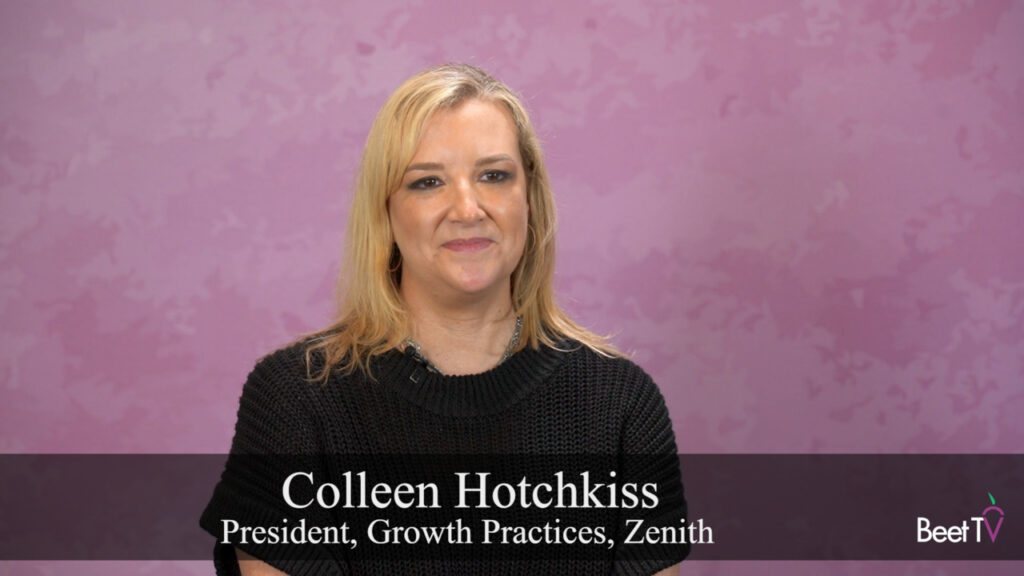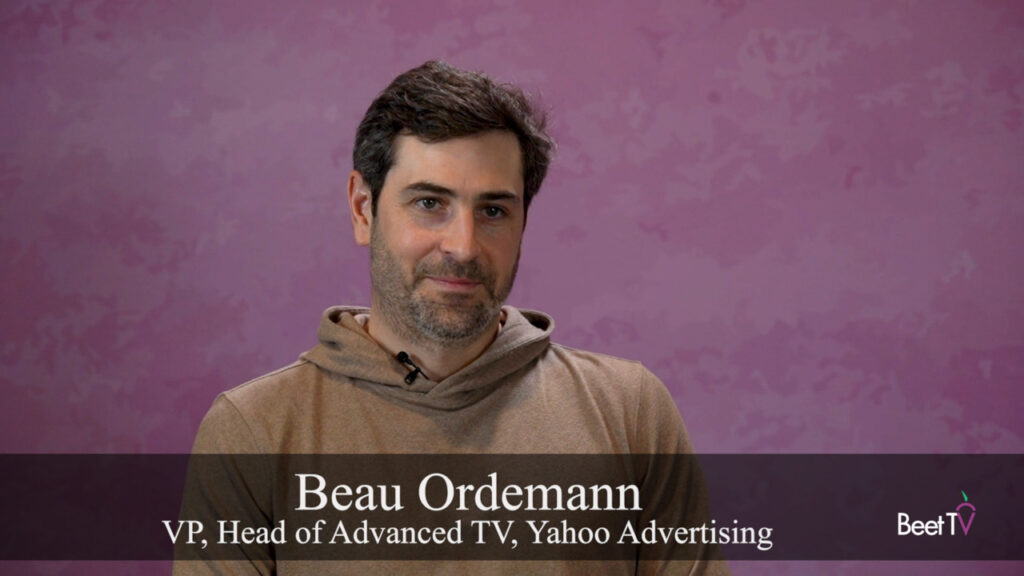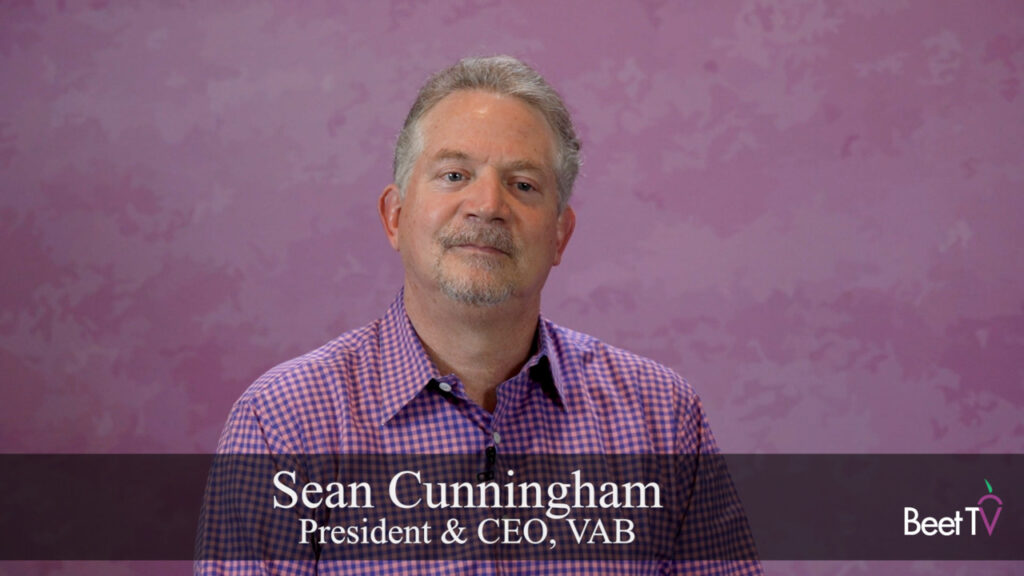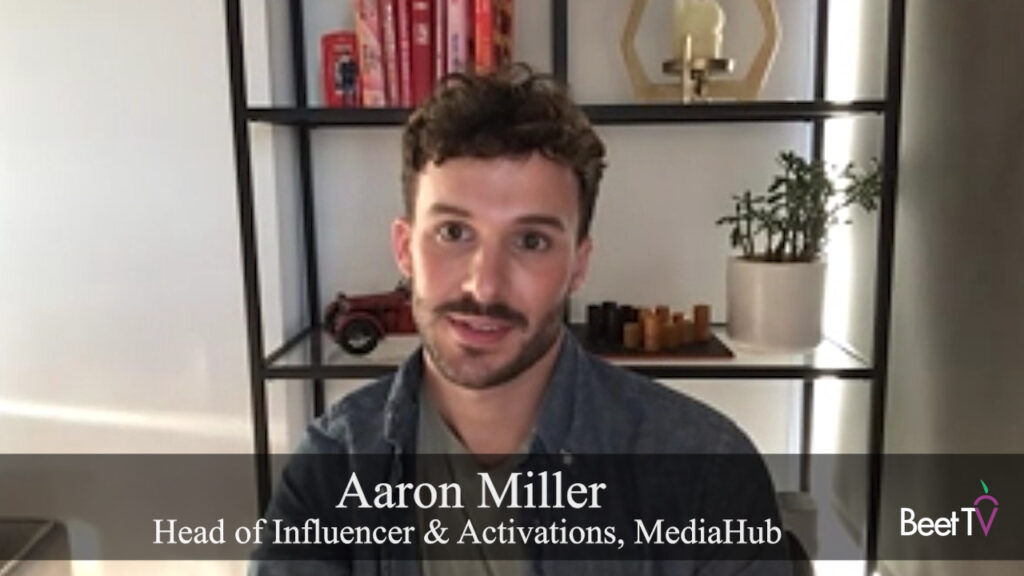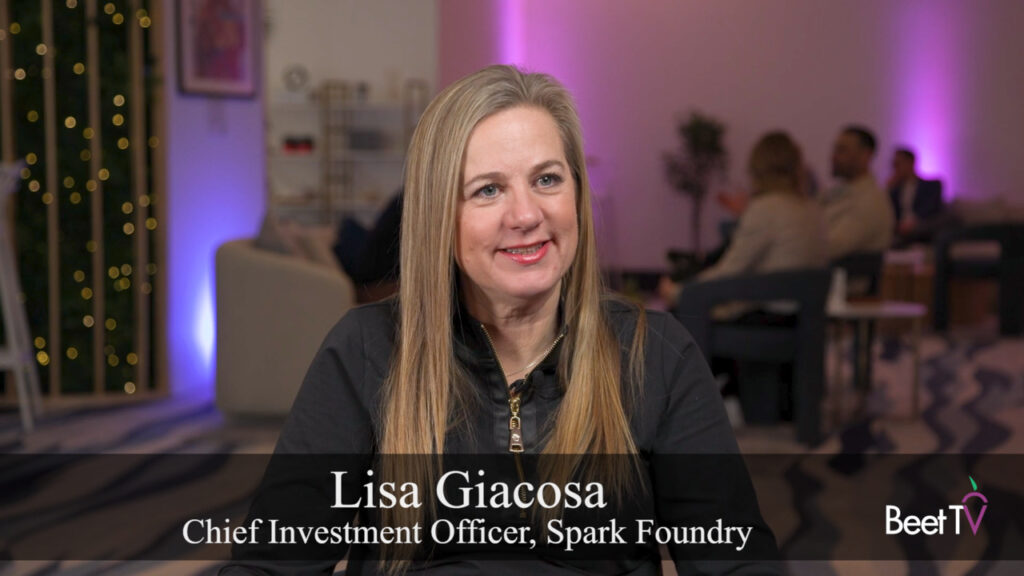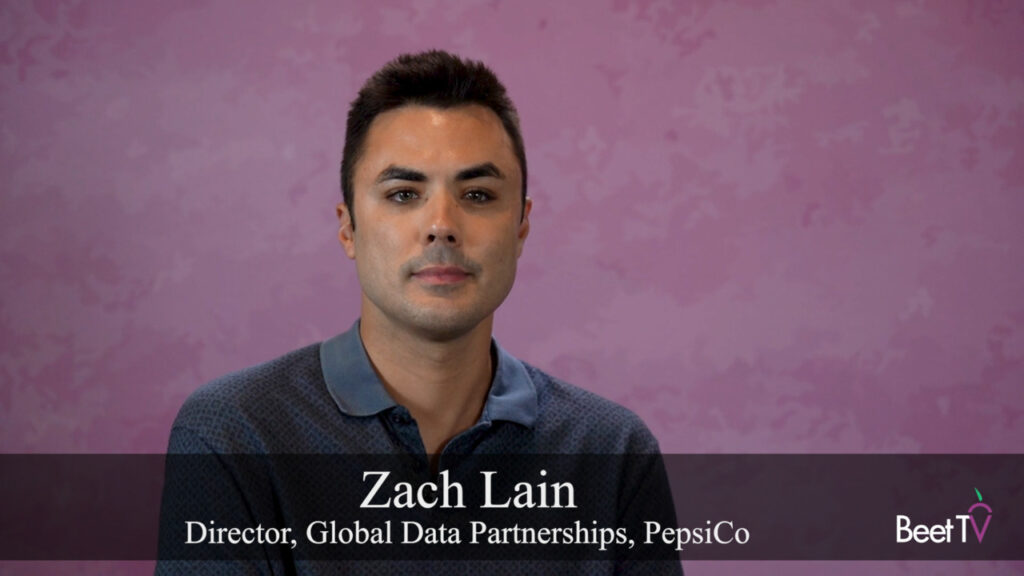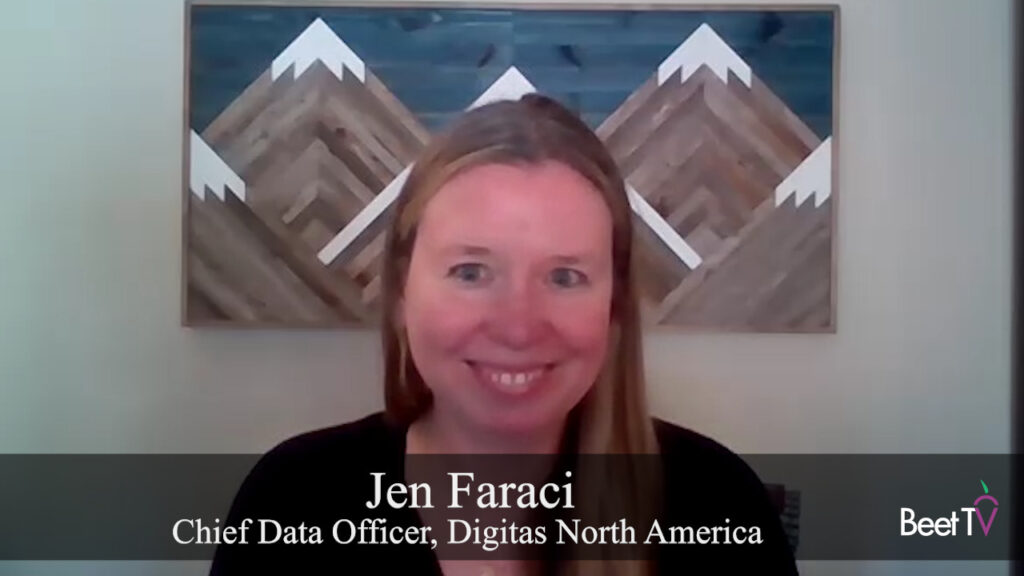The coronavirus pandemic has raised public awareness about health issues, but it also presented many challenges to marketers of health-related products and services. With many doctor’s offices closed down temporarily earlier this year, healthcare marketers had to find other ways to communicate with physicians and their patients.
“A lot of our clients have millions of dollars invested in point-of-care advertising that nobody was seeing,” Dan Haller, vice president of engagement strategy at Heartbeat, a full-service agency for healthcare “challenger” brands that are taking on bigger rivals. “For a while there, we were seeing doctor visitation down, depending on their therapeutic category, down 75%, 85%, 90% at the height of the pandemic.”
Electronic detailing, or “e-detailing,” became a bigger priority in delivering information about products, services and technologies to medical professionals who were unable to attend conferences or meet with salespeople, Haller said. As for communicating with patients, telehealth saw a jump in demand from marketers.
“Telehealth started to be something everyone wanted to know about,” Haller said. Heartbeat is a unit of Publicis Health.
Harnessing Data for Targeting
Challenger brands without massive marketing budgets must be more resourceful in their marketing to doctors and patients, making privacy-compliant data about patients essential in avoiding wasteful spending on advertising. Predictive targeting is becoming a key step in that process to avoid a reliance on backward-looking, reactive data that lead to missed opportunities to communicate with doctors.
“We’re partnering with DeepIntent right now to activate a much more predictive sort of targeting that leverages eligibility data to predict when a patient is going to see one of the physicians that we want to communicate with in the next several weeks,” Haller said. “When the patient gets into the office, we’ve already communicated with that physician.”
Source: Marketing Charts
Because patient privacy is protected by law, the healthcare industry has developed data-gathering methods that don’t personally identify people but are still useful for marketers.
“The application of data in healthcare is not a new thing,” Haller said. “Healthcare has invested in creating opportunities to use data in a totally compliant way.”
How COVID-19 Has Changed Ad Creative
With many consumers looking for information about how to diagnose COVID-19, healthcare marketers have had to mindful about advertising that mentions similar symptoms.
“The biggest change that we’ve had in communicating with patients and caregivers is the tone that we’re trying to reach them with,” Haller said. “We had disease awareness campaigns where symptomology overlapped with COVID, and we wanted to pull those off-air as soon as possible to that we wouldn’t be interfering with somebody searching for, or thinking about something that was really life-threatening to them in COVID.”
Healthcare marketers paused their purchases of key words on search engines like Google, which is a starting point for many people seeking more information about the pandemic.
“Our first thought was, let’s make sure we’re not getting in the way of anybody that actually needs to find potentially life-saving information in the face of the pandemic,” Haller said.
You are watching “Embracing the Future of Healthcare Marketing,” a Beet.TV leadership series presented by DeepIntent. For more videos, please visit this page.












